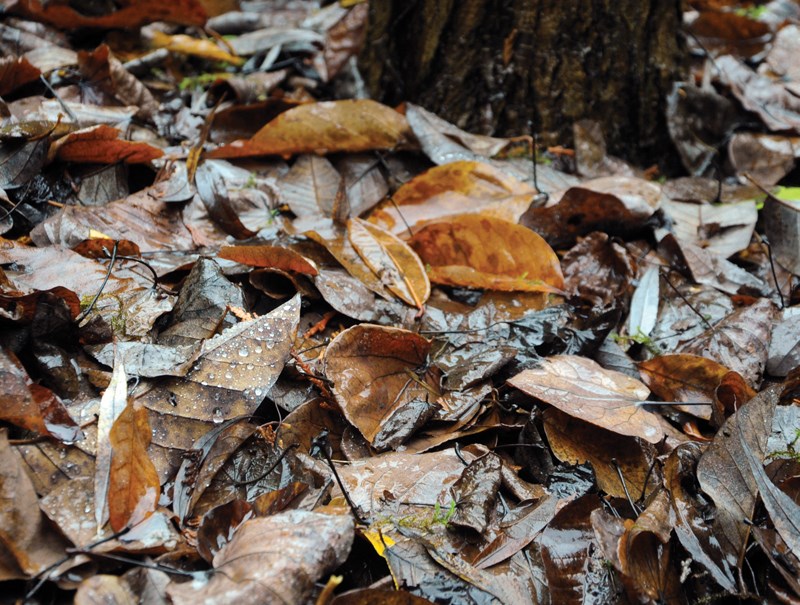We dipped down to a few zero degree Celsius nights in October, and the forecast for November includes many more chilly nights.
This means that your garden is going to really slow down, and frankly the best thing the avid vegetable gardener can do this month is enjoy the rest.
That said, if you just can’t sit inside and enjoy a cup of tea while enjoying the view of your garden well-mulched and tucked in for winter, there are a few more tasks you can tackle in November.
I have a vigorous raspberry patch that is taking up too much room, so this month I will be transplanting canes to a new patch. Raspberries produce berries on canes that are two years old. I will be transplanting one-year-old canes to the new patch so they will produce berries next season.
This time of year it is easy to tell the difference between the one- and two-year-old canes because the two-year-old canes will have shrivelled up berry and flower cluster stems, and the one-year-old canes will only have leaves. You can pull out the two-year-old canes, but I prefer to leave them standing because they make excellent winter habitat for native pollinators.
This is also a great time of year to add fresh (not composted) manure to your vegetable garden. It is not usually recommended to add fresh manure to your vegetable garden because there is a possibility of pathogens transferring from the manure to your crops. However, this time of year is the exception because there is enough time between now and your spring planting for the manure to compost into your soil. If you are harvesting winter vegetables, I would not recommended adding fresh manure to those areas of your garden. There are a number of horse stables in operation on the North Shore, and many of them have fresh manure available to pick up for free. When I had a yard with poor soil I would plant my garlic, add a couple of inches of fresh horse manure and then add straw or leaf mulch. My garlic always did very well!
This trick works well on all the beds that are empty over the winter, and will improve your soil for spring planting. Even if you don’t have a truck, you can transport fresh manure in five-gallon buckets – add a tarp to the truck or backseat of your car and you won’t have to worry if the buckets are dirty or wet.
Before you close up your tool shed for the winter, take the time to clean, sharpen, and oil your tools. Our spades, rakes and hoes take a beating throughout the gardening season. At the very least make sure that you’ve hosed and scrubbed off all dirt. Basic tool sharpening kits can be picked up at garden centres or hardware stores, and often include oil that will help prevent rust and keep all moving parts running smoothly.
If you want to add tool maintenance to your new year’s resolutions, you can set up an old tire or tub filled with sand by your tool shed door. This makes an excellent tool cleaning station. A quick dip into the sand, and most moist dirt will fall off your tools.
The wind and rain has probably dropped most of the leaves off of your fruit trees. Rake up fallen leaves around your fruit trees; this removes habitat for over-wintering pests. Most pruning should happen in the early spring, but if you see an obviously diseased branch it is OK to remove it now. If the leaves that you rake up are not affected by disease they can be used in the compost pile or for mulch.
If you’re already missing planting things, through early November you can still plant the fava bean! They are a hardy and slow-growing wonder that fix nitrogen in your soil, and will provide beans that are fun to shell and delicious to eat.
Happy gardening!
Emily Jubenvill grew up on the North Shore and is passionate about growing fresh organic food. She’s starting an organic farm, and working for the North Shore Neighbourhood House’s Edible Garden Project. emily@ediblegardenproject.com ediblegardenproject.com



